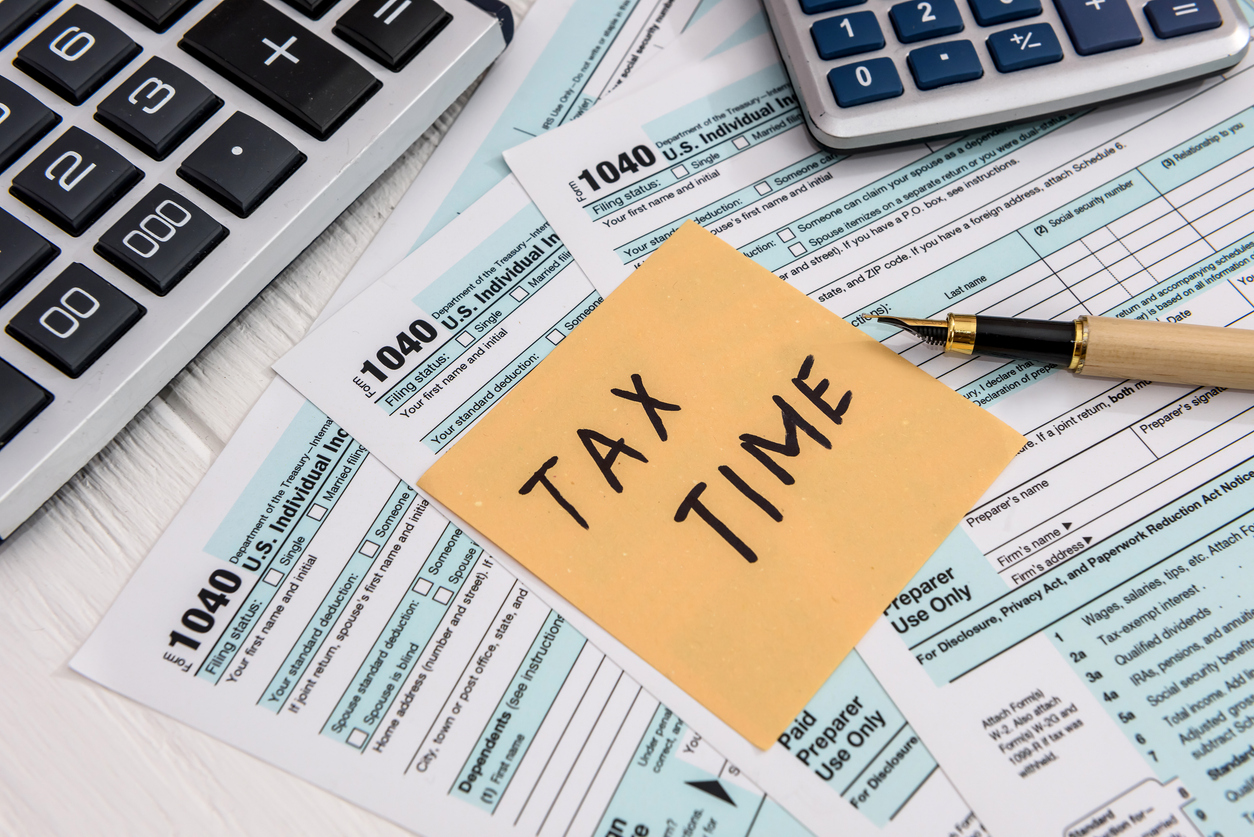
The credit utilization rate (or utilization ratio) plays a huge role in determining your credit score. While not as critical as payment history, it is one of the primary factors credit scoring models use to assess your creditworthiness. In this article, we’ll break down what credit utilization is, how it impacts your score, and strategies to manage it effectively.
What is a credit utilization ratio?
The credit utilization ratio measures how much of your available credit you are currently using. We calculate it by dividing your total credit card balances by your total credit limits and multiplying the result by 100.
For example, if you have three credit cards with a combined credit limit of $30,000 and a total balance of $3,000, you can calculate your credit utilization ratio by dividing $3,000 by $30,000 and then multiplying the result by 100. This gives you a credit utilization ratio of 10%.
Lenders view this ratio as an indicator of how responsibly you use credit. A lower ratio suggests you manage your credit well and do not rely too heavily on borrowed money, which is what banks want when you apply for new credit.
How credit utilization affects your score in credit scoring models
To both FICO[i] and VantageScore[ii] models, credit utilization is one of the top factors influencing your score. High utilization signals potential financial stress, and it can negatively impact your score.
For example, if your utilization ratio consistently exceeds 30%, you may start to see a dip in your score. A utilization ratio above 50% could raise even more concerns for lenders, potentially leading to credit denials or higher interest rates.
Conversely, maintaining a ratio below 10% can boost your credit score and green-light new credit approvals since it demonstrates your financial discipline.
How to calculate your credit utilization ratio
Calculating your credit utilization ratio is very straightforward:
- Add up the balances on all your credit cards.
- Add up the credit limits on those same cards.
- Divide your total balance by your total credit limit.
- Multiply the result by 100.
Example:
- Card 1: $1,000 balance, $17,000 limit
- Card 2: $1,400 balance, $15,000 limit
- Card 3: $1,500 balance, $8,000 limit
As you can see, the total balance is $3,900, and the total credit limit is $40,000. To calculate the credit utilization ratio, divide $3,900 by $40,000 and multiply by 100. This results in a credit utilization ratio of 9.75%.
By keeping the utilization ratio low, you improve your chances of maintaining or increasing your credit score.
What is a healthy credit utilization ratio for your credit score?
Credit scoring models favor borrowers who use a minimal portion of their available credit. While a utilization ratio of up to 30% is generally considered healthy, many credit experts recommend keeping it below 10% for optimal credit health.
However, that doesn’t mean you shouldn’t use your credit at all. Let’s talk about certain misconceptions some credit consumers might have about the utilization ratio.
Common misconceptions about credit utilization
Closing credit cards improves your score
This is a widespread myth. Closing a credit card might make you feel good, but it reduces your total available credit, potentially increasing your utilization ratio. For example, if you close an account with a $10,000 limit but carry the same balances on other cards, your ratio will spike, and your score might go down.
You should use your credit cards only in case of emergency
Another misconception is that avoiding credit card use entirely will improve your score. In reality, it’s not the case at all. As mentioned earlier in this article, a 0% utilization ratio doesn’t demonstrate your ability to manage credit and may not improve your credit score.
Utilization only matters across all accounts
While your overall utilization ratio is important, credit scoring models also evaluate the utilization of individual accounts. If one card has a high balance relative to its limit, it could still impact your score, even if your overall ratio is low.
How to manage and improve your credit utilization
Fortunately, maintaining a low credit utilization ratio is straightforward, although you still need to apply consistent effort. Here are some practical tips.
Pay balances in full
Paying your credit card balances in full each month is the best way to keep your utilization low and avoid interest charges.
Pay your bill before the billing cycle ends
Paying down your balance before the billing cycle closes can reduce the amount reported to credit bureaus. This is a good idea even if you pay your balances in full every billing cycle. By using this strategy, you can continue to use your cards and still ensure a lower utilization ratio on your credit report.
Request a credit limit increase
If your income has increased or you’ve consistently demonstrated responsible credit use, simply ask your credit card issuer for a higher credit limit. A higher limit can quickly lower your utilization ratio.
Spread out spending
Instead of spending a large amount on a single card, consider spreading your spending across multiple credit cards. This approach helps keep the utilization ratios on individual cards lower.
Monitor your accounts regularly
Check your credit card balances and credit reports to ensure accuracy and identify any potential issues before they affect your score.
Avoid closing old accounts
As mentioned earlier, closing accounts with high credit limits can harm your utilization ratio, which is why you might want to keep older accounts open to maintain a higher total credit limit.
Downgrade instead of closing
At some point, you might have to get rid of some credit cards, especially the ones with annual fees you can’t justify any longer. In that case, try to downgrade the card to its no-annual-fee version rather than close it outright.
Set alerts or use automatic payments
Set alerts or automated payments to make your life easier and keep your utilization ratio in check.
Conclusion
Your credit utilization ratio plays a big role in your credit score but managing it doesn’t have to be complicated. Keeping your balances low, using credit wisely, and making small adjustments, like paying before the billing cycle ends or spreading out spending, can help keep your score in good shape. With a little consistency, smart credit habits can open the door to better financial opportunities and long-term stability.
The blog articles published by Unlock Technologies are available for general informational purposes only. They are not legal or financial advice, and should not be used as a substitute for legal or financial advice from a licensed attorney, tax, or financial professional. Unlock does not endorse and is not responsible for any content, links, privacy policy, or security policy of any linked third-party websites.”


